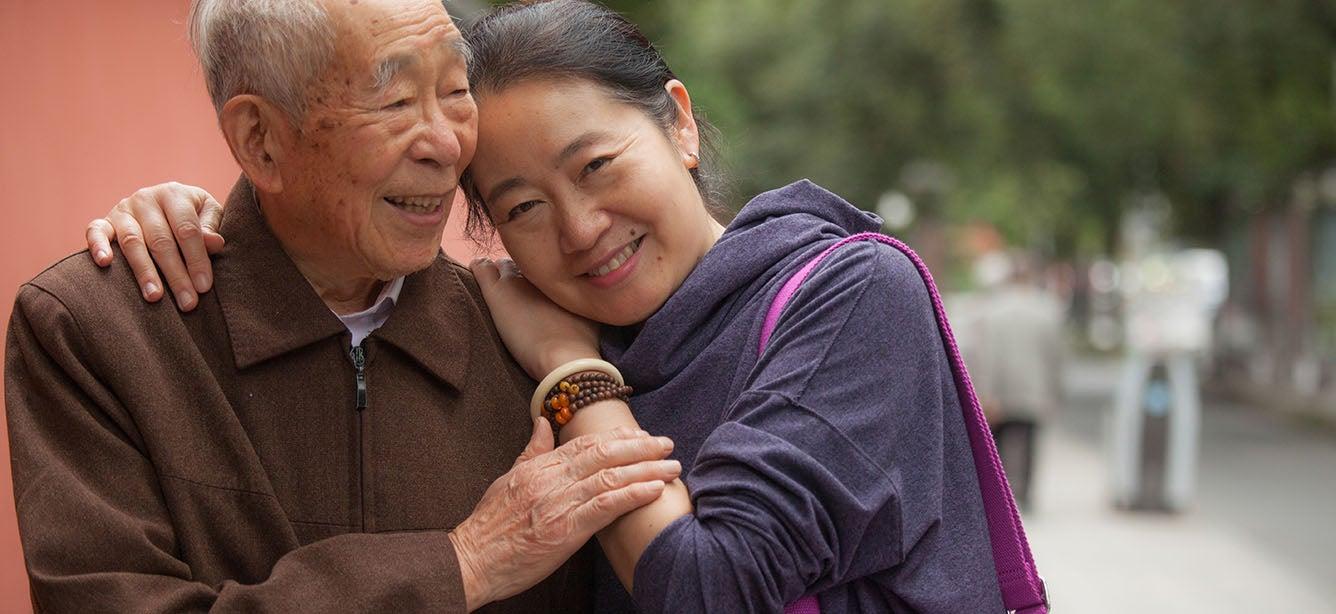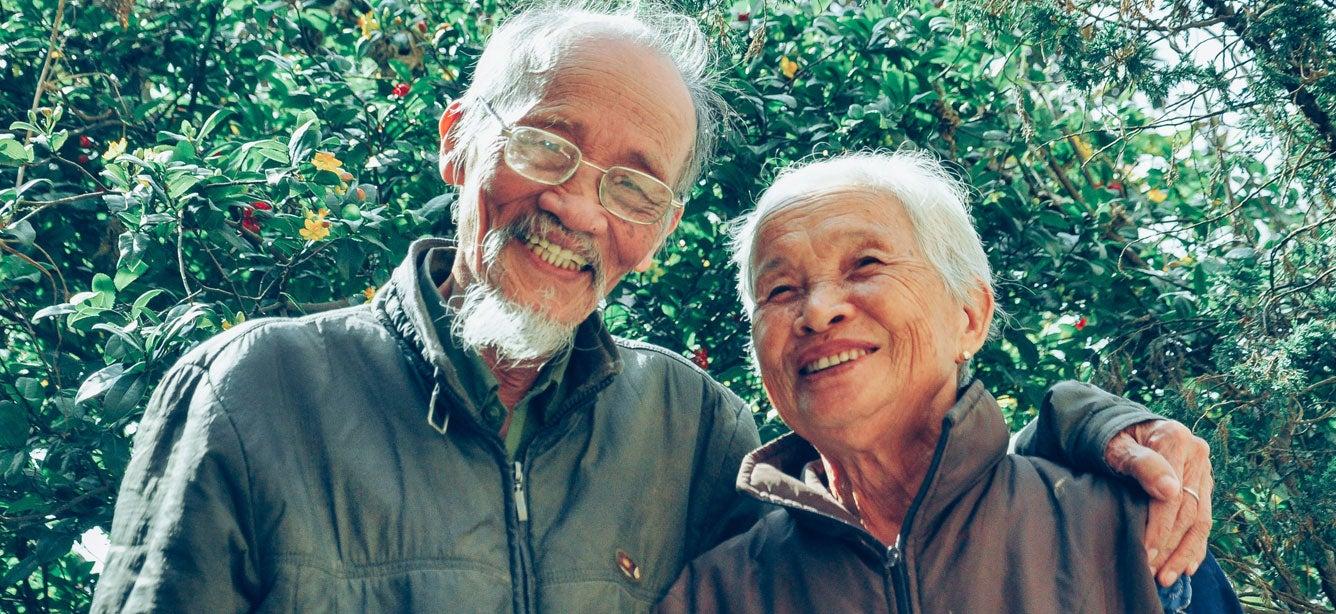Person-Centered Thinking: A Toolkit for Building More Effective Teams
2 min read

Person-centered thinking is a framework that differs from the way clients in the disability and aging services networks are usually viewed. Person-centered thinking allows us to view people as people first, who are part of families and communites, rather than people who are simply smaller parts of a larger system.
By viewing people outside of the systems-centered way of thinking, professionals can better prioritize clients' health and overall well-being without putting the focus on finding a way to "fix" people so that they better fit within an established system.
The National Center on Advancing Person-Centered Practices and Systems has created a toolkit that can be used for personal and team reflection and trainings. It is filled with a variety of reflection activities and helpful tips for implementing a person-centered framework into your work.
This toolkit strengthens existing person-centered practices by:
- Providing an overview of person-centered thinking
- Prompting self-reflection exercises
- Listing actionable ideas for how team members can implement person-centered practices in their day-to-day work
- Outlining a variety of person-centered tools and resources for use
Person-centered thinking is a way to support people that puts them at the very heart of decisions that affect their life." - Helen Sanderson Associates
Team members can use this toolkit on their own for personal reflection or with their coworkers to engage in interactive-skill building. Readers are encouraged to incorporate the content of the toolkit into initial and ongoing training for team members. Although this toolkit features examples from OHIC grantees, it can also be used widely in the aging and disability networks' practices and can be shared with colleagues.
Check out the toolkit below and share it with others to build more effective, person-centered teams for the communities your organization serves.
This toolkit was developed by the National Center on Advancing Person-Centered Practices and Systems (NCAPPS) with support from Administration for Community Living (ACL) and a workgroup of SHIP, MIPPA, and SMP team members. We thank the volunteer workgroup participants for meeting participation, materials review, and sharing their real-life experiences.


